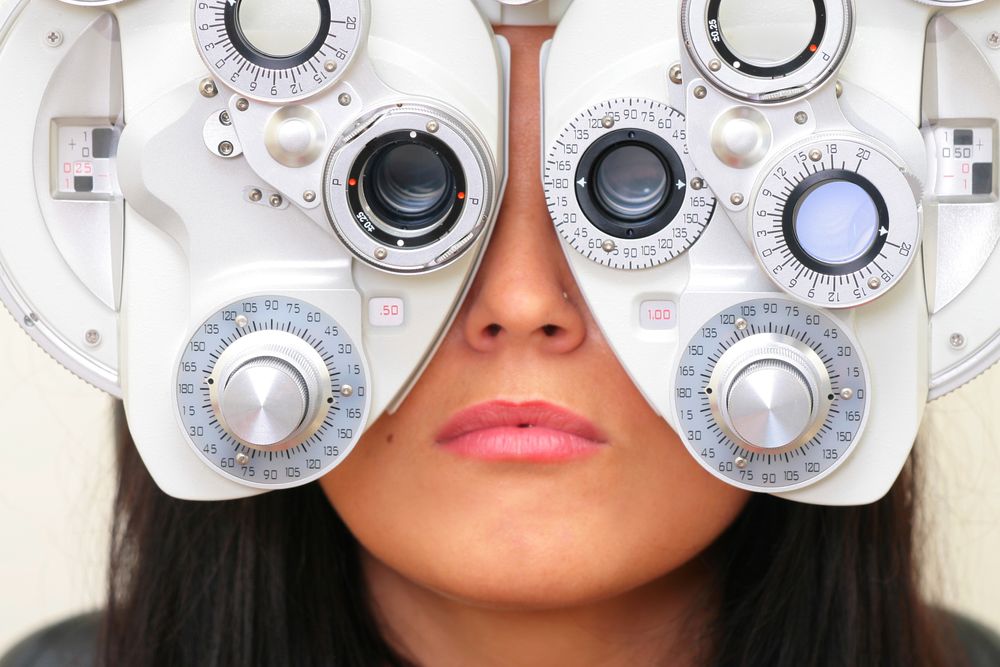Just checking for distance vision during an eye test is much like reading the back cover of a novel and stopping. You're missing most of the story. There is not an eye doctor out there that would state that distance vision tests tell them all they need to know about your eye health or vision acuity and you shouldn't be satisfied with just screening for that. Because healthy vision is a multi-faceted aspect of overall wellness, it is important that your annual eye exam is comprehensive in nature, including all tests and procedures possible.
With another school year starting soon, it is a great time to schedule your eye test along with your children's, regardless of their age. All-inclusive eye exams should always include the following:
Acuity tests - Eye charts are a fundamental tool for testing distance vision and is what people often think about when eye tests are mentioned. However, as stated above, they only deliver part of your vision story. Vision acuity tests should always measure your near vision too.
Color blindness test - Color vision tests are obviously checking for levels of color blindness but color blind tests also help reveal developing eye health problems to your doctor.
Cover test - These tests tell your eye doctor how well your eyes work together. By fixating and tracking an object at both close and farther distances, how your eyes respond will reveal issues like lazy eye or strabimus, a condition that is marked by your eye's failure to maintain proper alignment.
Ocular motility test - by testing pursuits, or how well your eye tracks a moving object or how well they move between separate objects, an ocular motility test helps to avoid eye strain and reading or sports vision problems.
Depth perception test - Also referred to a steriopsis test, it helps determine your eyes' depth perception level and their ability to recognize 3D objects as such. Normal depth perception is usually tested with a set of 3D glasses and test patterns that indicate a patients' ability to discern which pattern is closest in their field of vision.
Retinoscopy - By measuring how light reflects from your eye, your eye doctor can easily estimate what your vision correction prescription will need to be, backing up what the acuity and refraction tests reveal for extra assurance that your eyeglass prescription is correct.
Refraction - Using what is called a phoropter, your eye doctor will determine your prescription level by asking you a series of questions regarding the clarity with which you can see the chart through the phoropter placed in front of your eyes. Refraction tests also detect astigmatism and presbyopia issues.
Other tests that are fundamental to maintaining proper eye health and function include those for glaucoma, blind spots, cataracts, macular degeneration and other issues that affect the structure of the eye.
During your next eye exam, make sure that you are open and honest with your eye doctor and ask as many questions you can while relating any concerns you may have regarding changes in your vision. Take full ownership of your eye exam and you'll enjoy the benefits of healthy eyes for years to come.

